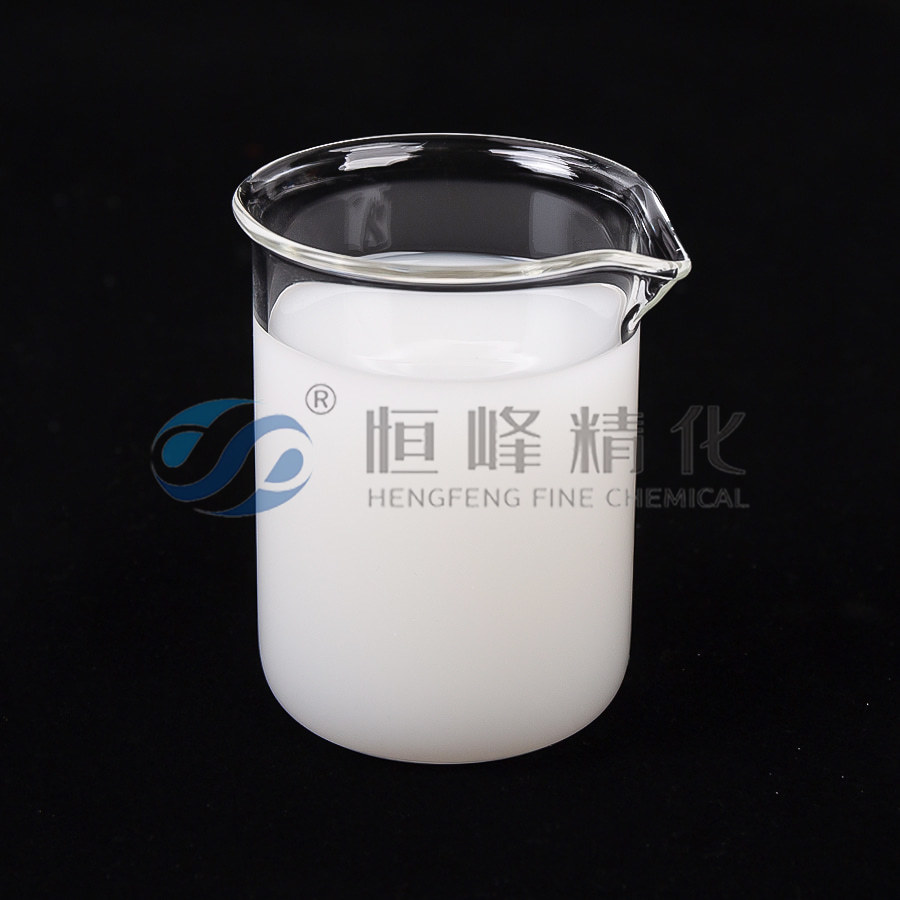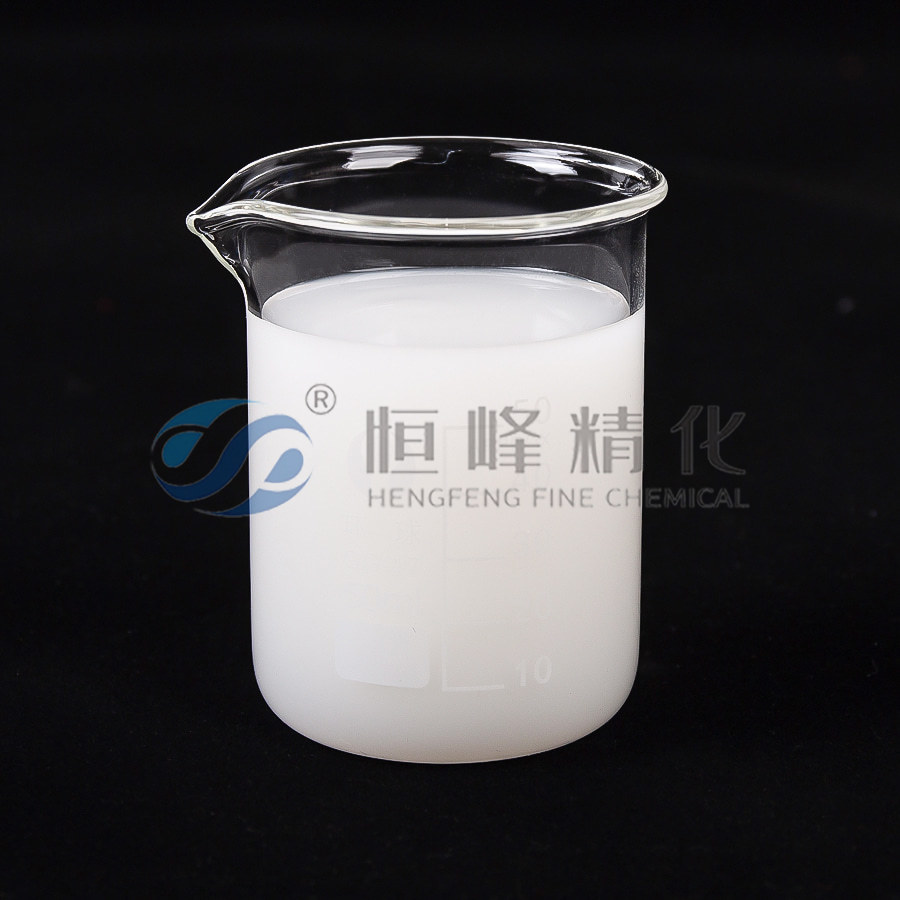Application of anionic polyacrylamide in tailings
Application of anionic polyacrylamide in tailings flocculation and sedimentation treatment. Flocculation and sedimentation technology has been widely used in the production of tailings concentration and sedimentation in various mines.
Using the "bridging" principle of polyacrylamide, under the action of cohesion, the tailings particles collide with each other and adsorb together under the action of the long chain structure of the flocculant, and aggregate into larger floccules, thereby accelerating the settling rate of the tailings. The essence of flocculation is to make the floccules precipitated in the mixing process coagulate and reach a certain particle size and density, which is conducive to sedimentation and achieves the purpose of clear and turbid separation. The particle diameter is proportional to the sedimentation rate. Therefore, flocculants must be added to obtain larger floccules when fine-grained tailings are settled in the deep cone to accelerate the sedimentation of tailings.

Types of flocculant:
Polymer flocculants: generally have a long chain structure, and the chain contains more functional groups with strong adsorption capacity, which can be adsorbed on the surface of different particles, produce a bridging effect, and form coarse floccules. The higher the degree of polymerization, the more significant the flocculation effect.
The action process of polymer flocculants:
Step 1: Dispersion of the agent and its interaction with the particles (mixing effect).
Step 2: Coagulation occurs.
Step 3: Further flocculation occurs.
How to Select of anionic polyacrylamide (APAM):
Effect: APAM has a good effect on flocculation and sedimentation treatment of tailings as a flocculant.
Influencing factors: The factors affecting the flocculation and sedimentation rate are slurry concentration > flocculant unit consumption > flocculant concentration.


 English
English Español
Español عربى
عربى Русский
Русский Tiếng Việt
Tiếng Việt
















